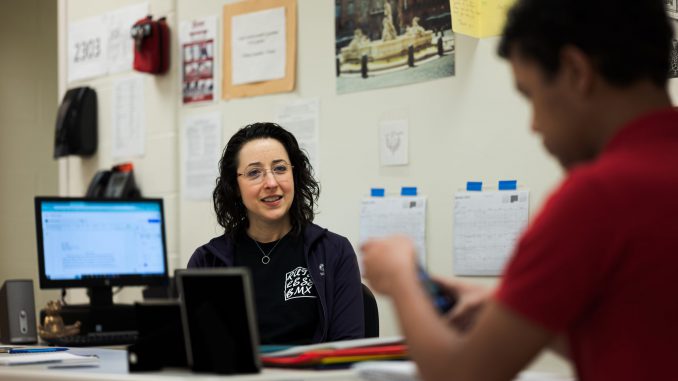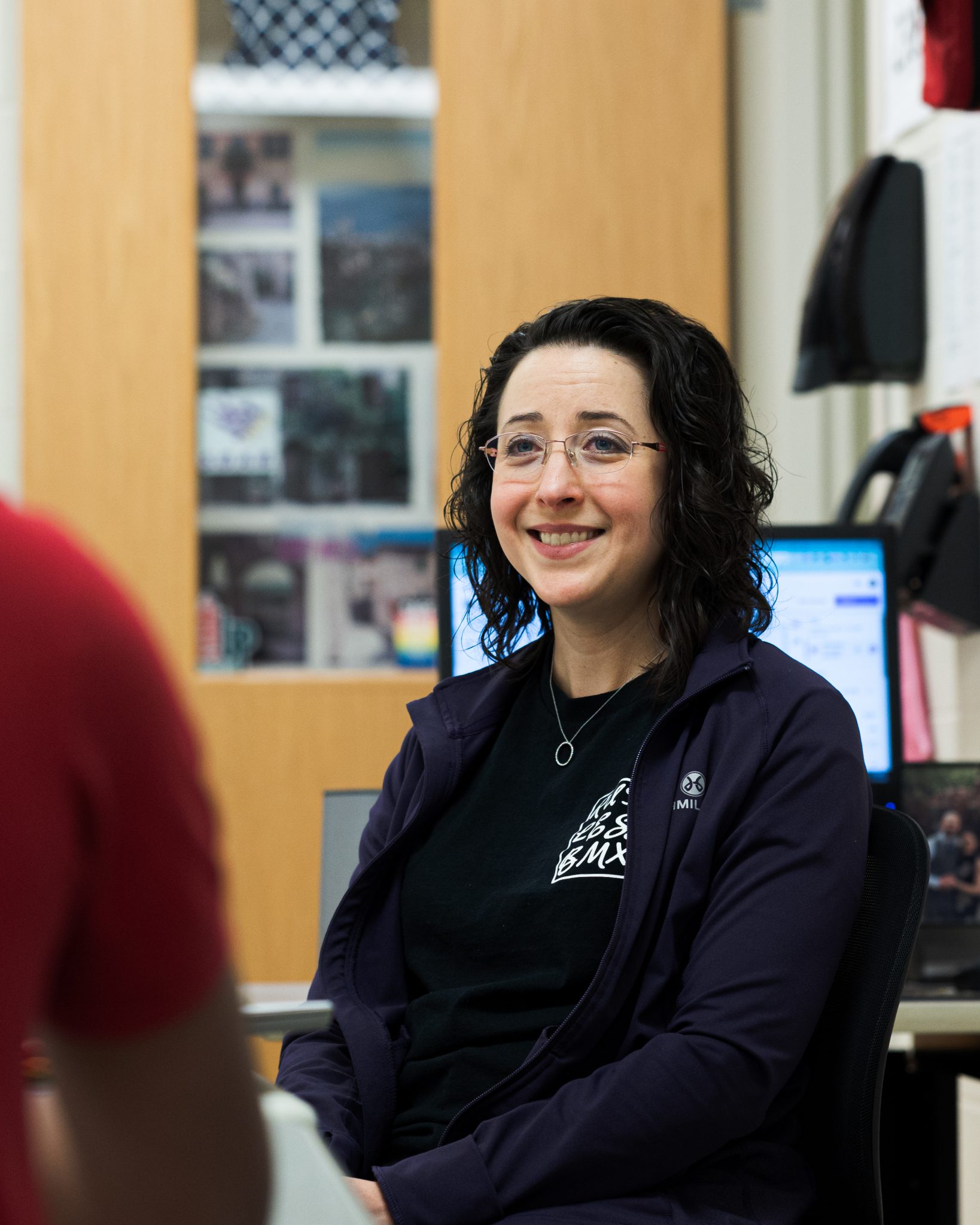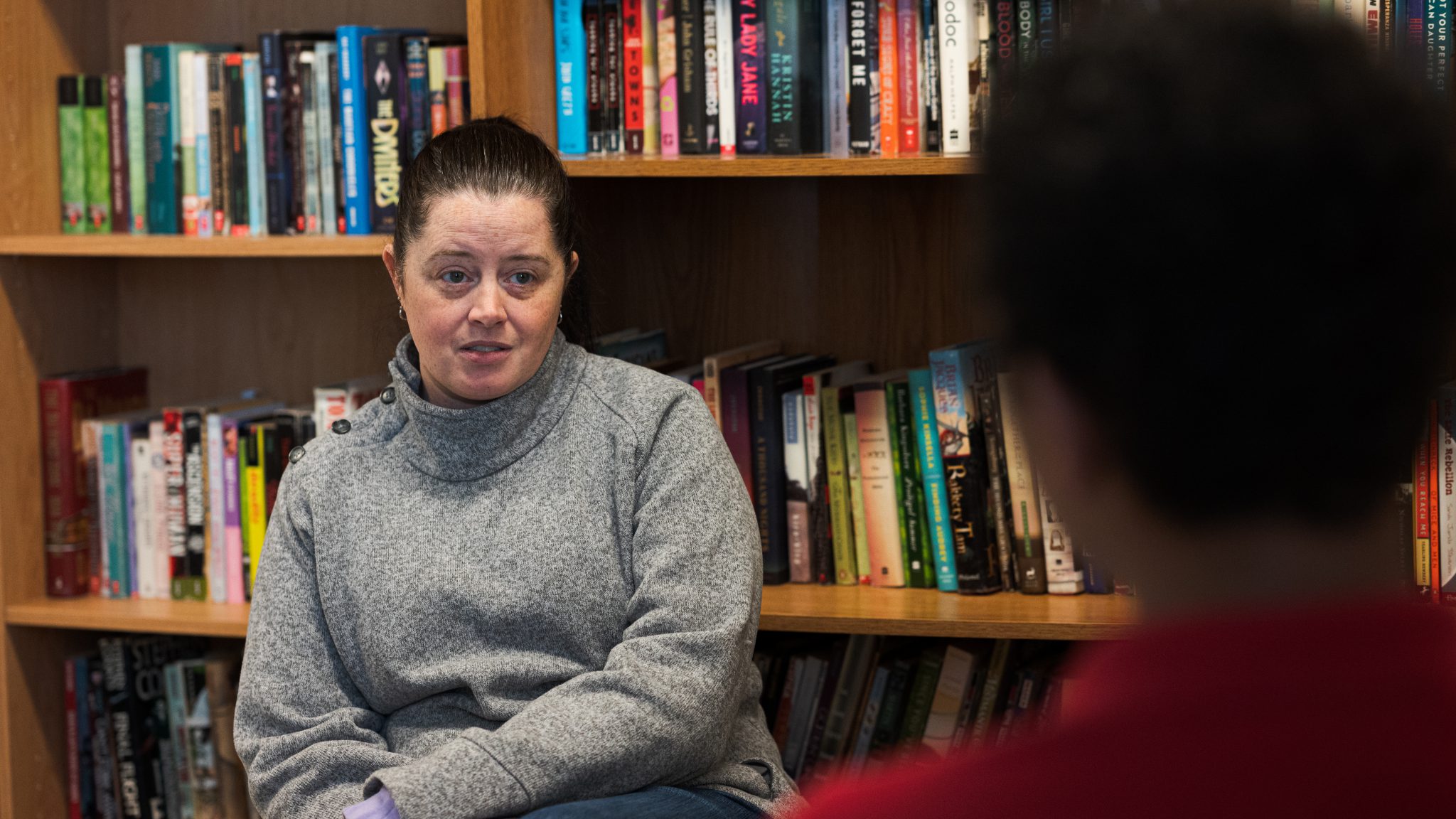
by Dominic Fevrier, Sports Editor & Co-Editor in chief

Open chat AI, also known as open domain chatbots, are computer programs designed to simulate human conversation. They are becoming increasingly popular as a means of customer service, but also raise concerns among some people. Many fear that open chat AI could replace human jobs or that the technology could be used for nefarious purposes
Despite these concerns, open chat AI is being increasingly adopted across various industries, such as customer service, e-commerce, and healthcare. This is due to its ability to automate repetitive tasks, provide 24/7 availability, and improve efficiency.
Now, before I continue deeper down the rabbit hole of computer-generated text, I have something rather perplexing to ask: Did anything seem off with my introduction, anything peculiar or perhaps inhuman? The mind-boggling reality is that the entirety of my introduction was written by ChatGPT, otherwise known as open chat AI.

ChatGPT is a complex chatbot that simulated an introduction to this article within less than twenty seconds flat. This exceptional display of writing fluency highlights the incredible capabilities of open chat AI, along with the many potential concerns that come alongside it. While fluent, ChatGPT struggles to formulate humanistic opinions on the topic and tends to stick to simple facts.
Indian Trail’s English teacher Mrs. Johnson confesses that she is slightly concerned with the plagiarizing capabilities of AI-generated text. “I would rather hear what my students have to say, as opposed to someone else or an AI.” Mrs. Johnson says that although she is concerned with the plagiarizing applications, she feels AI’s potential capabilities would be limited within her classroom, as a generated chat struggles to counter her unique style of in-person teaching, creative prompts, and her knowledge on how students tend to write.
While there are plenty of negative applications, Mrs. Johnson admits that she is intrigued by the AI’s creative writing capabilities. She admits that typing in little prompts and seeing what the AI can come up with can be entertaining. While also entertaining, a writer can also transform the AI’s simple prompt into a more complicated story or help writers overcome writing blocks.
Fellow Indian Trail teacher Mrs. Corbett agrees with many of Mrs. Johnson’s points. She describes how a student’s voice becomes apparent through seeing their writing every day. However, on the point of creative writing, she has a different perspective. “I just don’t know where the creativity of the writer is going to shine if their writing is based on what the AI comes up with.” She admits that there are possible applications with creative writers, but she hasn’t been able to see any quite yet.

For now, the discussion remains in the air as to whether or not the possible applications of chat AI, like ChatGPT, presents greater harm or benefits to the education system as a whole. As chat AI advances, our English system may require a long-needed overhaul. The simple, more repetitive prompts many classes across this nation implement may finally need to become more personal and involved to dissolve the possibility of utilizing the plagiarizing capabilities of an AI.
